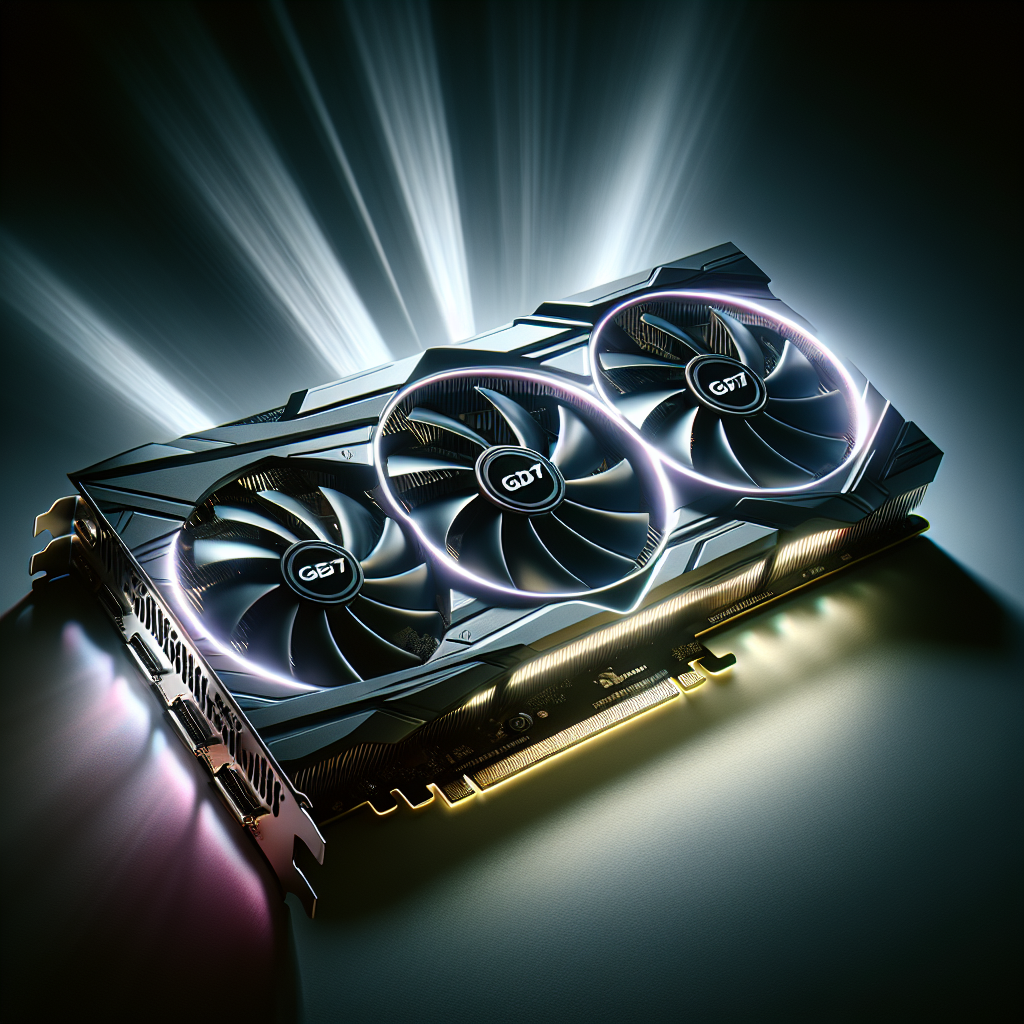As the year 2023 winds down, the tech community’s excitement for 2024’s PC hardware is ramping up, with many eagerly awaiting the latest developments. Among the most buzzed-about topics are the rumors about Nvidia’s next-generation Blackwell graphics cards. Speculation is rife that these upcoming powerhouses will boast cutting-edge GDDR7 memory, promising a significant leap in performance. Additionally, there’s talk of a robust 384-bit memory bus, which could further enhance data transfer rates, making these cards a potential game-changer for high-end gaming and professional applications.
GDDR7 Memory and Bandwidth Improvements
The upcoming GDDR7 memory is poised to set a new standard in the realm of graphics card performance. With an impressive speed of 32Gbps, GDDR7 is expected to deliver up to 50% more bandwidth compared to its predecessor. This leap in memory speed translates to a significant boost in data throughput, which is crucial for rendering high-resolution textures and complex 3D environments in modern gaming and professional graphics work.
| Memory Type | Speed | Bandwidth |
|---|---|---|
| GDDR6X | 21Gbps | Up to 1TB/s |
| GDDR7 | 32Gbps | Up to 1.5TB/s |
These advancements in memory technology are not just about raw speed; they also contribute to the overall efficiency and performance of high-end graphics cards. With GDDR7, gamers and professionals alike can expect smoother gameplay, faster rendering times, and the ability to handle more complex tasks with ease.
Production and Adoption of GDDR7
The development of GDDR7 memory is well underway, with industry giants like Micron and Samsung at the helm. These companies are gearing up for the production phase, targeting a 2024 timeline to begin shipping products equipped with this advanced memory. The transition to GDDR7 is a significant step for the industry, as it represents the next evolution in graphics memory technology.
As production ramps up, we can expect to see GDDR7 memory become a staple in the construction of high-end graphics cards, with the first wave of products likely to hit the market in 2024. This timeline aligns with the anticipated release of Nvidia’s Blackwell series, which is set to be among the first to harness the power of GDDR7.
Potential Features of the RTX 5090
The RTX 5090, which is expected to be powered by Nvidia’s GB202 GPU, is rumored to be packed with a host of cutting-edge features. Among these is the potential adoption of a chiplet architecture, which could revolutionize the design and efficiency of graphics processors. Additionally, there’s talk of a significant increase in shader count, which would greatly enhance the card’s rendering capabilities and overall performance.
Another key aspect of the RTX 5090’s rumored specifications is the use of a 3nm fabrication process. This advanced manufacturing technique could lead to a more powerful and energy-efficient GPU, setting a new benchmark for the industry. If these rumors hold true, the RTX 5090 is shaping up to be an absolute powerhouse in the world of graphics cards.
The combination of these features suggests that the RTX 5090 could deliver unprecedented performance levels, potentially outpacing its competitors and establishing a new gold standard for gaming and professional graphics work.
Looking ahead, the RTX 5090 is poised to claim a dominant position in the market as Nvidia’s flagship offering. Its expected high price point reflects the cutting-edge technology and performance capabilities it brings to the table. For consumers, this means access to a level of graphical fidelity and power that was previously unattainable, albeit at a premium.
The implications for the competition are significant. If AMD chooses to step back from the enthusiast GPU market, the RTX 5090 could enjoy an uncontested reign at the top. However, this also places pressure on Nvidia to justify the high cost to consumers, who will expect nothing less than a transformative gaming and professional graphics experience.
As the release date draws nearer, the anticipation for the RTX 5090 continues to build. It represents not just a new product, but a potential new era for PC gaming and content creation, with performance that could redefine industry standards for years to come.

